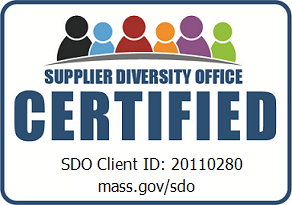In today’s dynamic and increasingly volatile educational landscape, colleges and universities are increasingly being depended on to state, restate, and prove their values. Whether in response to global, national, political, social, or economic issues, leaders in higher education are being looked to for action. They are expected to issue statements, create task forces and committees, invest, divest, hold listening sessions, and more—and to communicate about those actions at a rapid pace.
Our experience tells us colleges and universities usually take these steps with the intention to quell student concerns, reassure parents and families, and preserve an institution’s public image.
So, why do college presidents and administrators so often find themselves in a communication crisis of their own making?
3 Common Mistakes that can lead to a Communication Crisis for Universities
1. The communications plan may be incomplete.
Gone are the days when planning communications responses to natural disasters, data breaches, operational matters, and life safety issues is sufficient. Colleges and universities need to make sure their plan incorporates communication responses to social issues, cultural and political differences, issues related to freedom of speech/expression, and external events that could potentially impact the campus community
2. Leadership isn’t asking all the right questions before launching a communications response.
Understanding how you will engage in stakeholder response is just as important as knowing what you will say, and to whom. Any institution’s communications plan should have a mechanism for measuring leadership’s threshold for the intense feedback, backlash, and divisiveness inherent to polarizing issues.
3. The communications team might not clearly understand how the institution is prepared to put its values into action.
Now, more than ever, we encourage our clients to develop a deep understanding of their values and how those values take shape. This proactive approach not only creates a strong internal culture but also mitigates the risk of reputational damage as a result of a communication breakdown between what is promised versus what is being done.
So, how do we help educational institutions think about how to proactively communicate their vision and values to avoid potential crises?
3 Ways to Proactively Communicate Vision, Values, and Crises
1. Understand how values will be aligned with actions—and message them.
The values that guide decision-making and behavior within an institution should be evident and reiterated in its messaging. By aligning actions that reflect the institution’s ethics, priorities, and commitments with stated values in their communications, colleges and universities build trust and credibility—and goodwill—with stakeholders.
2. Define how to engage stakeholders.
Effective communication of vision and values requires engagement with all stakeholders: students and families, faculty, staff, alumni, prospective students and families, donors and other VIPs, local elected officials, and the broader community. Determine whose voice is needed. Depending on the circumstances, the administration may want to explore using the institutional voice or begin with a lower-ranking administrator if the president or chancellor’s voice is needed in the future.
3. Decide how communication channels will (or won’t be used).
To prevent misinterpretation or misinformation, institutions should decide how they’ll use the multiple official communication channels available to them to disseminate information. These channels may include official websites, social media platforms, newsletters, and campus-wide announcements. Consistent use of these platforms—whether used in tandem or for different purposes—teaches stakeholders when and how to expect information.
Looking for help developing a crisis communications plan or communications strategy for your school or institution?
Our crisis communications and public relations teams are here to help. Check out our services here.




















